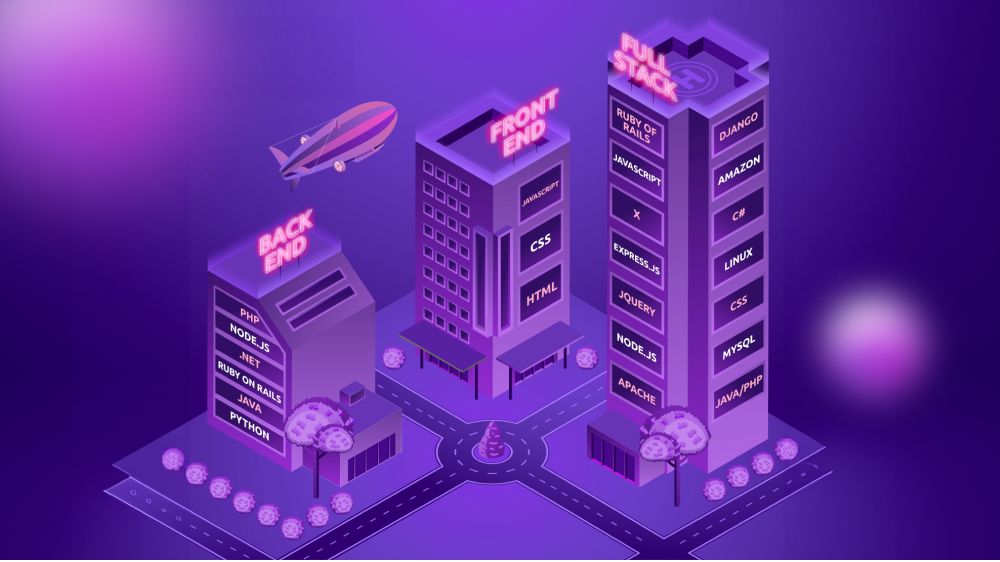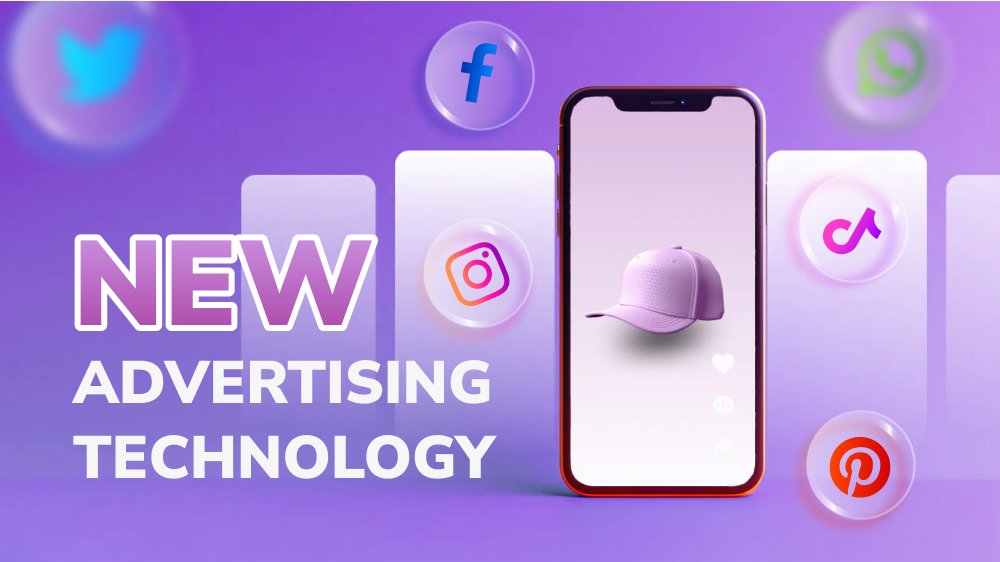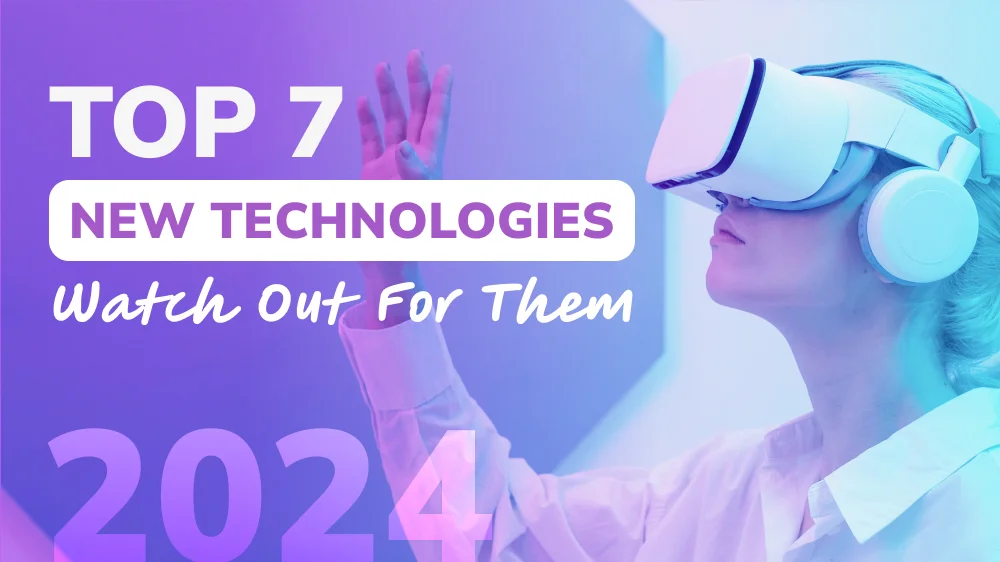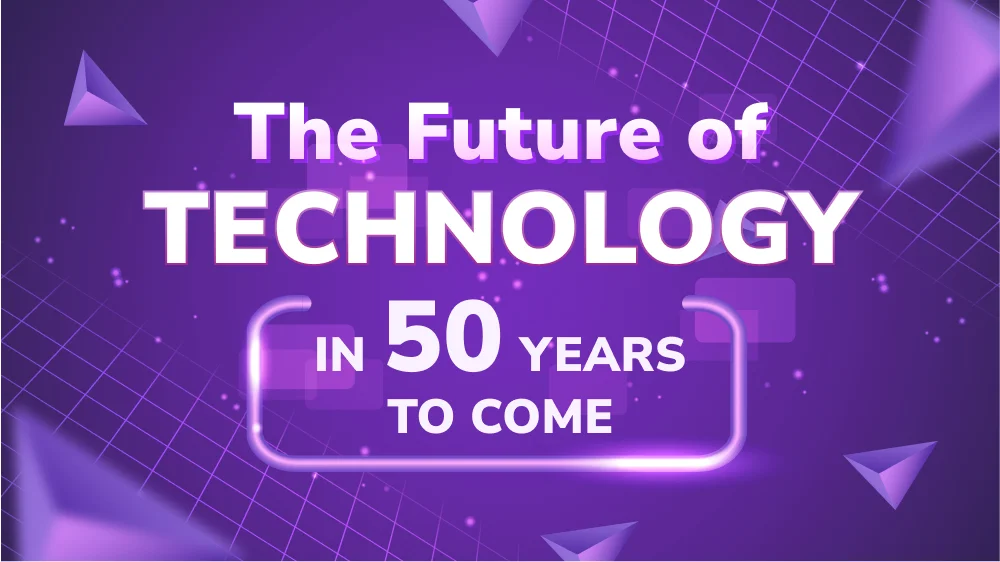What You Need to Know About 5G in 2020
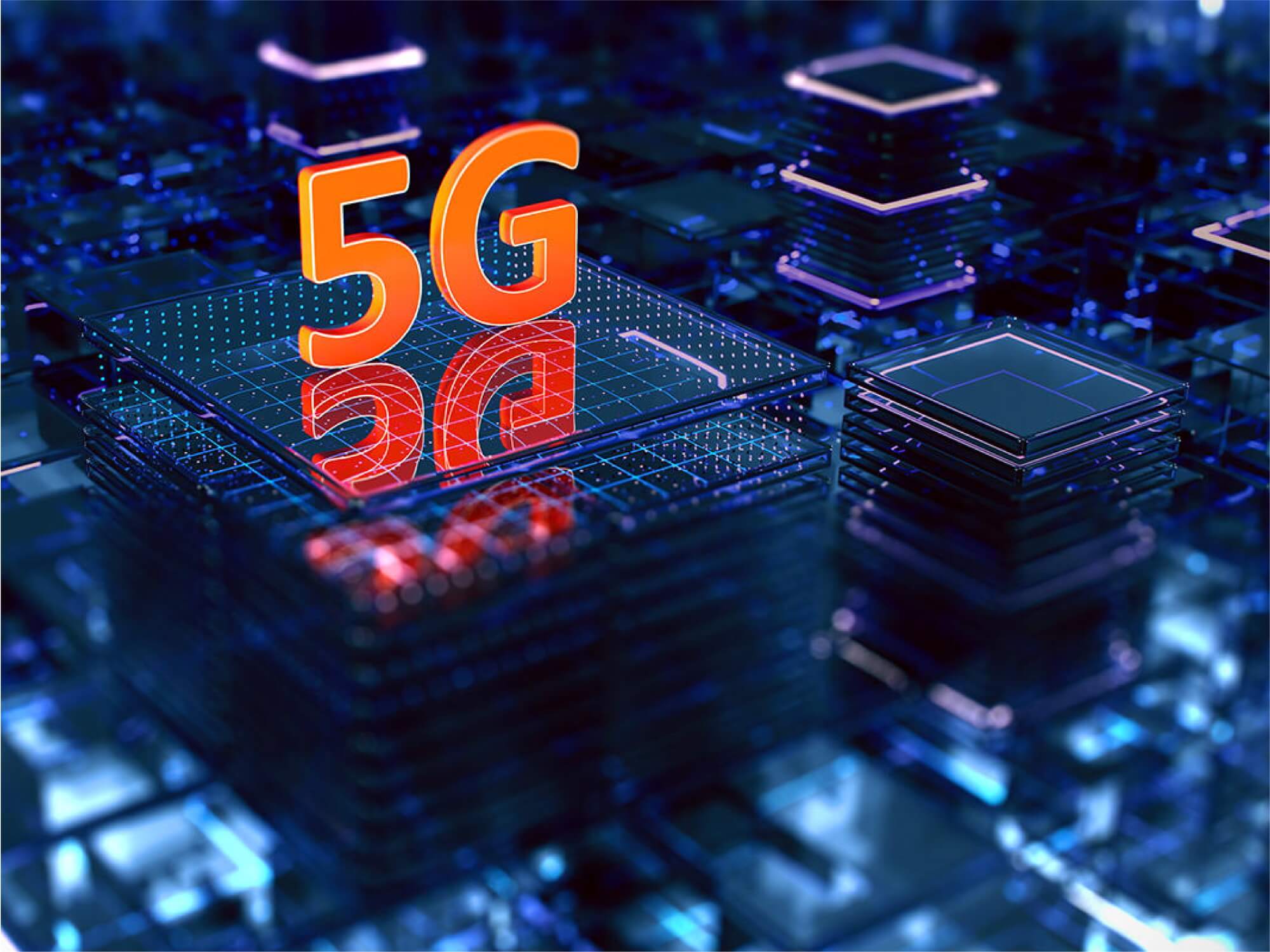
Content Map
More chaptersWireless carriers have been gradually rolling out 5G to metropolitan and regional areas for years now. But what do you need to know about this new technology?
Wireless carriers around the world have been gradually rolling out 5G to metropolitan and regional areas for years now.
But if you don’t happen to live or work in a 5G environment, then you may be wondering what the fuss is all about: What is 5G technology? How does it work? What are the benefits? The downsides? When will it be available.
To help you better understand what 5G is and how it may impact your life, here’s everything you need to know.
What is 5G?
5G is the next generation of wireless cellular technology. It aims to eventually replace (or temporarily augment) the existing 4G LTE connection.
When connected to the 5G network, you can expect faster download/upload speeds, greater connectivity between devices, reduced latency, and higher bandwidth capacity – which allows more 5G-ready devices to occupy the same network without impacting performance.

How does 5G work?
What sets 5G apart from previous cellular networks is how it broadcasts data from one device to another.
In the past, each new version of cellular technology would occupy a wider frequency range compared to the previous. For example, 3G had a frequency range of 1.8 to 2.5GHz, while 4G has a frequency range of 2 to 8 GHz. For this reason, 4G was often up to 10 times faster than 3G in real-world use.
This is where 5G is unique.
Instead of operating on just one spectrum band, 5G operates on three different spectrum bands. But there’s a catch. Each spectrum has their own specific pros and cons. This means that each spectrum will be utilised in different ways depending on the location, purpose, and coverage area.
Here’s a breakdown of each spectrum:
Low-band spectrum: Sits around the sub-1GHz spectrum and is the most widely used band by U.S wireless carriers, low-band spectrum provides excellent coverage and wall penetration, but peak download speed only reaches 100Mbps. Worse still, the capacity for this spectrum has nearly reached its peak.
Middle-band spectrum: Provides much faster speed and lower latency than low-band spectrum. Unfortunately, it provides less coverage and cannot penetrate building walls as effectively as low-band. To overcome this problem, wireless carriers are exploring ways to retroactively fit existing building with cellular aids to improve in-building coverage.
High-band spectrum: Provides the fastest possible speeds (up to a staggering 10Gbps) and less latency, but at the cost of reduced coverage and wall penetration. To ensure a reliable connection in all areas, carriers will have to still rely on LTE for now. However, there are plans to install small cells across the region, which are low-power base stations that are designed to extend the high-band range in difficult areas.
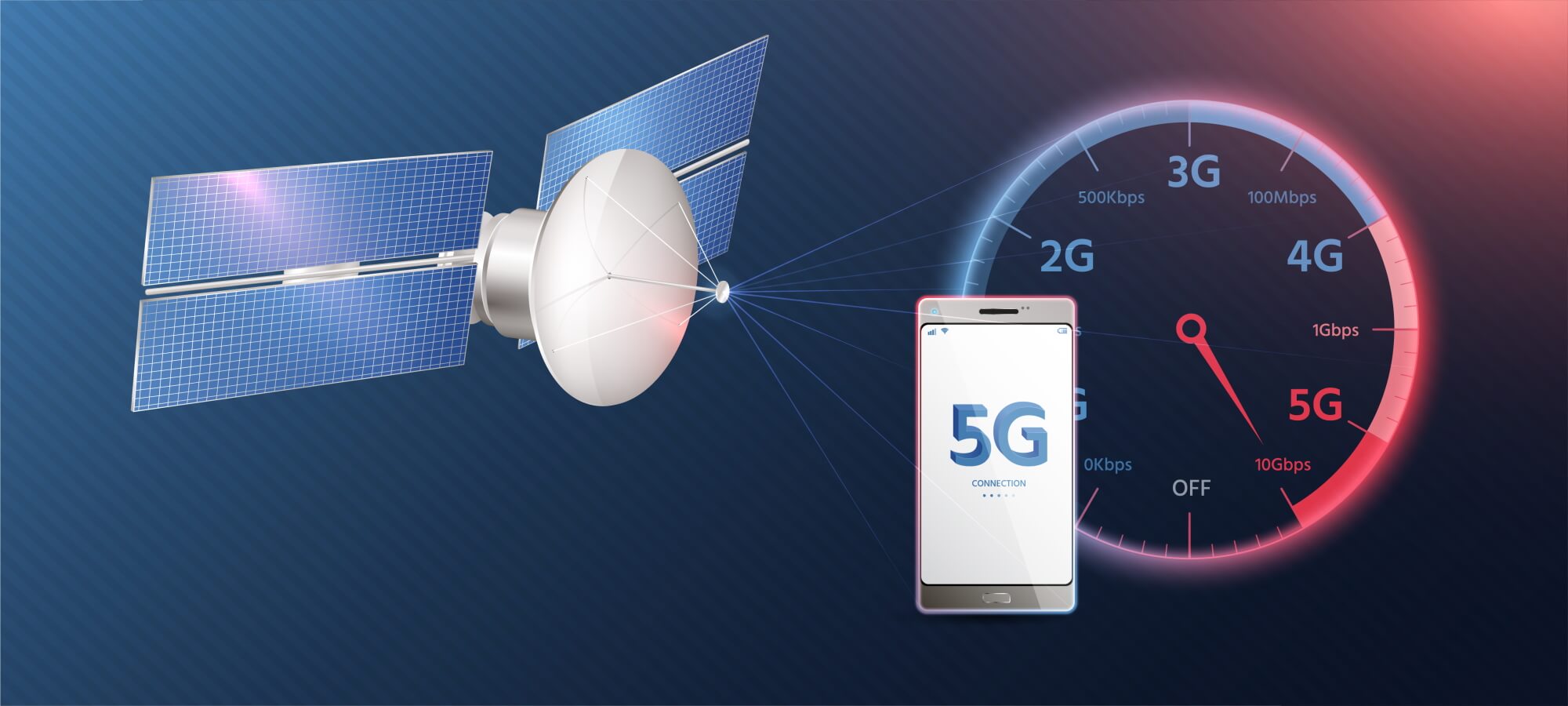
Benefits of 5G wireless technology
You probably know that 5G will deliver significantly faster data speed. But that’s only scratching the surface.
Let’s take a look at some of the exciting performance targets you can expect to see.
Faster transmission speed: Expect to reach an average download speed of 15 to 20 Gbps. For comparison, 4G has a maximum real-world download speed of 100Mbps. With 5G you can access files, programs, and websites much faster without waiting. On top of this, we’ll be relying more on the cloud to access data.
What does this mean? Devices (smartphones, computers, tablets etc.) won’t require as much internal memory and processing power to perform remote tasks (i.e. access web-enabled software).
As a result, this could increase the lifespan of 5G-ready devices, as people won’t need to upgrade as often to enjoy the best performance.Lower latency: Latency is the time it takes for a device to respond to given action. With 5G, latency times are estimated to be reduced by 10 times compared to 4G.
This means 5G users will be able to perform more remote actions in real-time with greater accuracy and precision. In fact, Chinese hospitals have already used 5G technology to perform remote surgery from thousands of miles away.Improved device connectivity and density: Using 5G, the number of devices that can connect with each other will increase. As previously stated, the bandwidth capacity for LTE is reaching its limit. This is mostly due to the limitations of LTE itself, but also the adoption of IoT (Internet of Things) aka smart-enabled devices in homes and businesses (smart lighting, power outlets, speakers etc).
Switching to 5G will make bandwidth capacity a problem of the past. Also, 5G is also being touted as paving the way forward for autonomous cars, where vehicles can communicate with each other to share vital information. For example, an autonomous car could predict when the car ahead brakes, and then brake for you to avoid impact.
It’s worth noting that these targets were set by 3GPP (3rd Generation Partnerships Project), a global network of telecommunication standards organisations. As a result, you can be confident these targets are honest and realistic, and that they serve as an accurate representation of what real-world performance could be like.
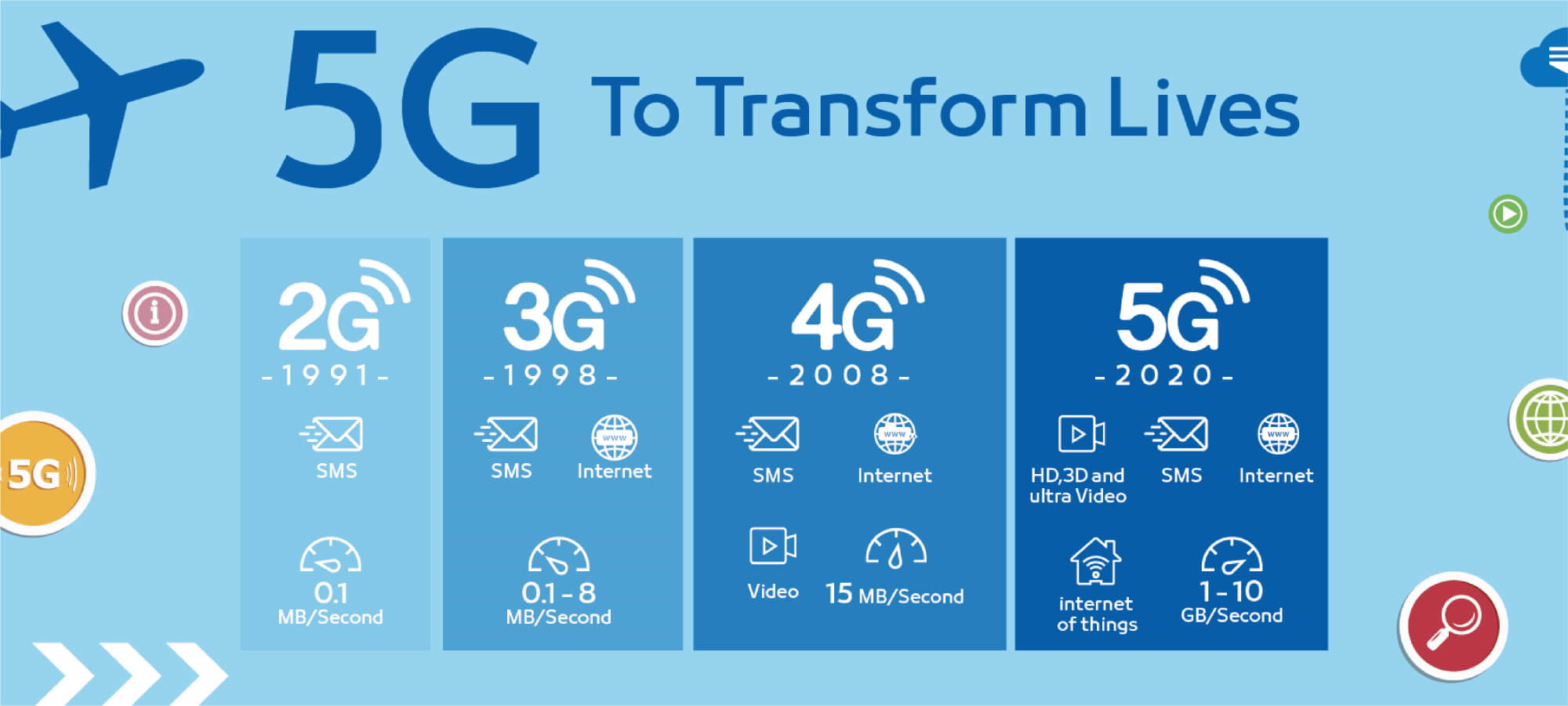
The Downside of 5G
While the increased transmission speed and seamless device interconnectivity of 5G have the potential to change the way we communicate, there are a few challenges ahead that – possibly – could slow down or inhibit our ability to harness 5G to its full potential.
Some of the biggest concerns now with 5G include:
Old devices will eventually need to be replaced
As the years pass and 5G becomes more widely available, non-5G compatible devices will soon need to be replaced. This could lead to some people being forced to upgrade sooner than they would like to.Battery overheating
Phones running 5G will experience faster draining batteries than other devices. This means new devices will need to have more sophisticated batteries if they are to competently run 5G all day on a single charge.Limited coverage
As previously stated, 5G is gradually being rolled out around the world. Although, while this is great for people living in major metropolitan cities, those living in remote areas will likely have to wait longer. This is an unfortunate truth, as carriers are more likely to invest in 5G infrastructure first in areas where customer numbers are highest.

When can you use 5G?
Wireless carriers around the world are ramping up efforts to deploy 5G technology as quickly as possible.
Fortunately, it’s quick and easy to find out when 5G is coming to you. Most companies are very open and honest about their 5G rollout. By visiting their website, you can find out which regions already have 5G, where it’s heading next, and when the service will be live in your area.
Also, you can learn about the latest 5G-ready devices in the meantime. Over the next year, virtually all newly released phones will support 5G. So far, models like the Samsung Galaxy S20 and OnePlus 7 Pro have already hit the market, which serve as the first wave of 5G-ready phones.
So, if you’ve yet to upgrade, there’ll be no shortage of brands and models to choose from. By knowing what’s currently on the market, you can decide when the time is right to upgrade, and the kind of benefits you can look forward to.


